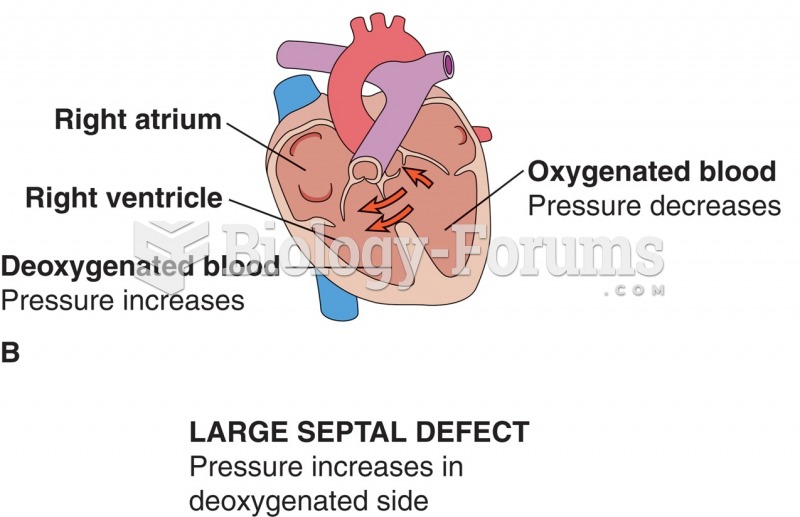|
|
|
Did you know?
Computer programs are available that crosscheck a new drug's possible trade name with all other trade names currently available. These programs detect dangerous similarities between names and alert the manufacturer of the drug.
Did you know?
Human kidneys will clean about 1 million gallons of blood in an average lifetime.
Did you know?
Medication errors are three times higher among children and infants than with adults.
Did you know?
The first monoclonal antibodies were made exclusively from mouse cells. Some are now fully human, which means they are likely to be safer and may be more effective than older monoclonal antibodies.
Did you know?
Medication errors are more common among seriously ill patients than with those with minor conditions.







